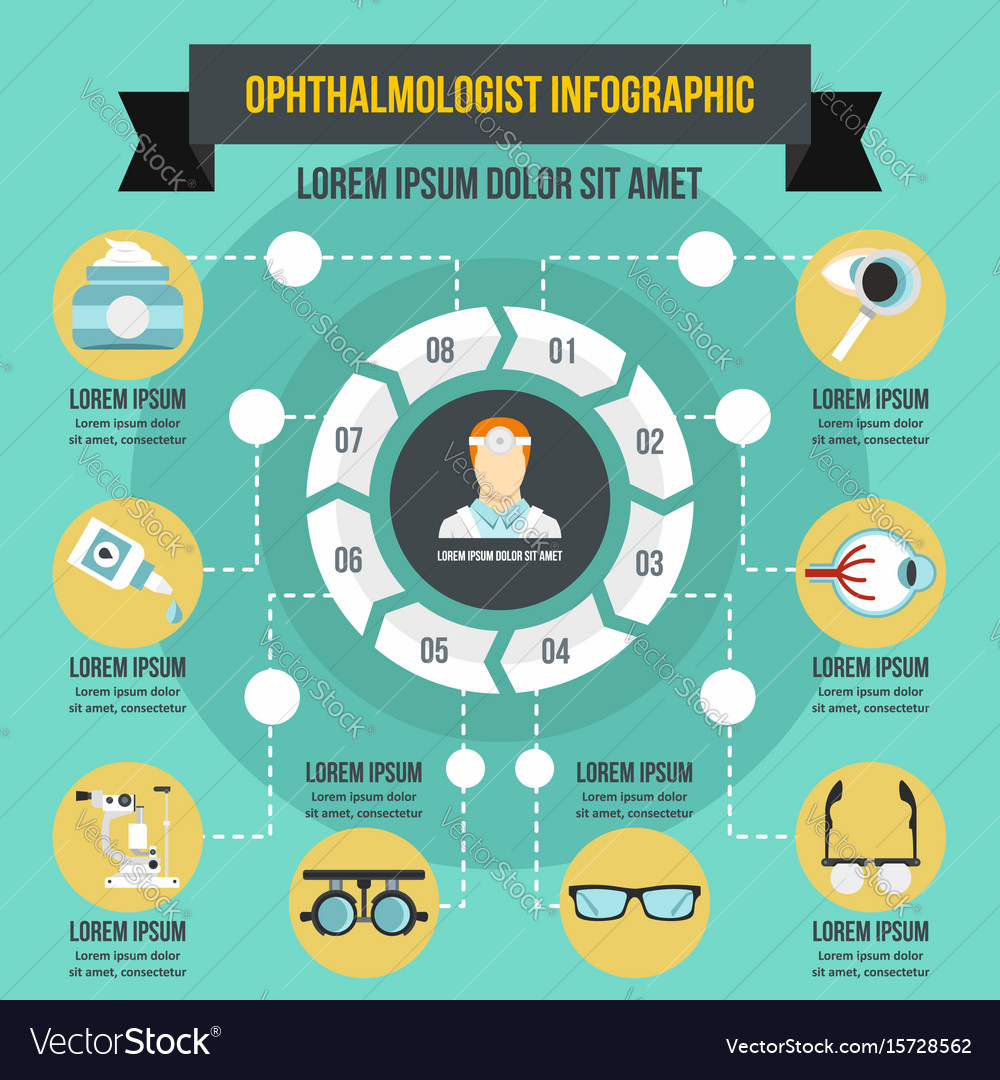Curious About The Differences Between SMILE, LASIK, And PRK Eye Surgeries?
Curious About The Differences Between SMILE, LASIK, And PRK Eye Surgeries?
Blog Article
Writer-Ryberg Sander
If you have actually been taking into consideration SMILE eye surgical procedure, you could wonder how it stacks up against LASIK and PRK. Each treatment has its very own set of advantages and factors to consider. From quicker recovery times to prospective dangers, there are essential distinctions you must understand before choosing. Recognizing these distinctions will help you make an enlightened choice that straightens with your particular demands and expectations. Interested to know even more regarding exactly how these treatments contrast thoroughly? Go on exploring to gain Cost For Eye Laser Surgery of SMILE, LASIK, and PRK.
SMILE Eye Surgery Introduction
If you're thinking about SMILE eye surgical treatment, you'll discover it to be a minimally invasive treatment with a quick recuperation time. During SMILE (Tiny Incision Lenticule Removal), a laser is made use of to create a tiny, precise laceration in the cornea to remove a little item of cells, improving it to fix your vision. This varies from LASIK, where a flap is created, and PRK, where the external layer of the cornea is totally gotten rid of.
Among the essential advantages of SMILE is its minimally intrusive nature, causing a faster recovery process and much less pain post-surgery. The recovery time for SMILE is fairly fast, with lots of clients experiencing improved vision within a day or two. Free Illusion Test makes it a popular selection for those looking for a convenient and effective vision modification procedure. Additionally, SMILE has been shown to have a reduced danger of dry eye syndrome compared to LASIK, making it a beneficial alternative for individuals worried concerning this prospective negative effects.
Differences In Between SMILE, LASIK, and PRK
When contrasting SMILE, LASIK, and PRK eye surgical treatments, it is necessary to understand the distinctive techniques used in each procedure for vision modification.
SMILE (Little Laceration Lenticule Extraction) is a minimally intrusive procedure that involves developing a small incision to extract a lenticule from the cornea, reshaping it to remedy vision.
LASIK (Laser-Assisted Sitting Keratomileusis) includes producing a thin flap on the cornea, using a laser to reshape the underlying tissue, and after that rearranging the flap.
PRK (Photorefractive Keratectomy) gets rid of the external layer of the cornea prior to improving the tissue with a laser.
The major distinction lies in the means the cornea is accessed and dealt with. SMILE is flapless, making it an excellent option for people with thin corneas or those involved in contact sporting activities. LASIK provides rapid visual recovery as a result of the flap creation, yet it may posture a greater risk of flap-related issues. PRK, although having LASIK Dry Eyes How Long , avoids flap-related problems altogether.
Comprehending these variations is critical in selecting the most suitable treatment for your vision adjustment demands.
Advantages And Disadvantages Contrast
To evaluate the advantages and disadvantages of SMILE, LASIK, and PRK eye surgeries, it's necessary to take into consideration the certain advantages and potential limitations of each treatment. SMILE surgical procedure offers the benefit of a minimally intrusive treatment, with a smaller laceration and possibly quicker recuperation time contrasted to LASIK and PRK. It also decreases the threat of dry eye post-surgery, a typical side effect of LASIK. Nonetheless, SMILE may have constraints in dealing with higher degrees of nearsightedness or astigmatism contrasted to LASIK.
LASIK surgical treatment provides fast aesthetic healing and minimal discomfort throughout the treatment. It's very effective in treating a wide range of refractive mistakes, including myopia, hyperopia, and astigmatism. Yet, LASIK carries a danger of flap issues, which can impact the corneal structure.
PRK eye surgical treatment, while not as popular as LASIK, avoids creating a corneal flap, decreasing the risk of flap-related issues. cataract surgery on both eyes appropriates for patients with slim corneas or irregular corneal surfaces. However, PRK has a much longer healing time and might involve a lot more discomfort during the healing procedure.
Conclusion
So, when it involves picking in between SMILE, LASIK, and PRK, consider it like picking the best set of shoes. SMILE is like a smooth, comfy pair of tennis shoes - quick and very easy.
LASIK is a lot more like stylish high heels - showy and quickly, but with some potential threats.
PRK is like strong treking boots - reputable and durable, however needing a bit even more effort and time.
Eventually, the most effective selection depends upon your private demands and choices.
